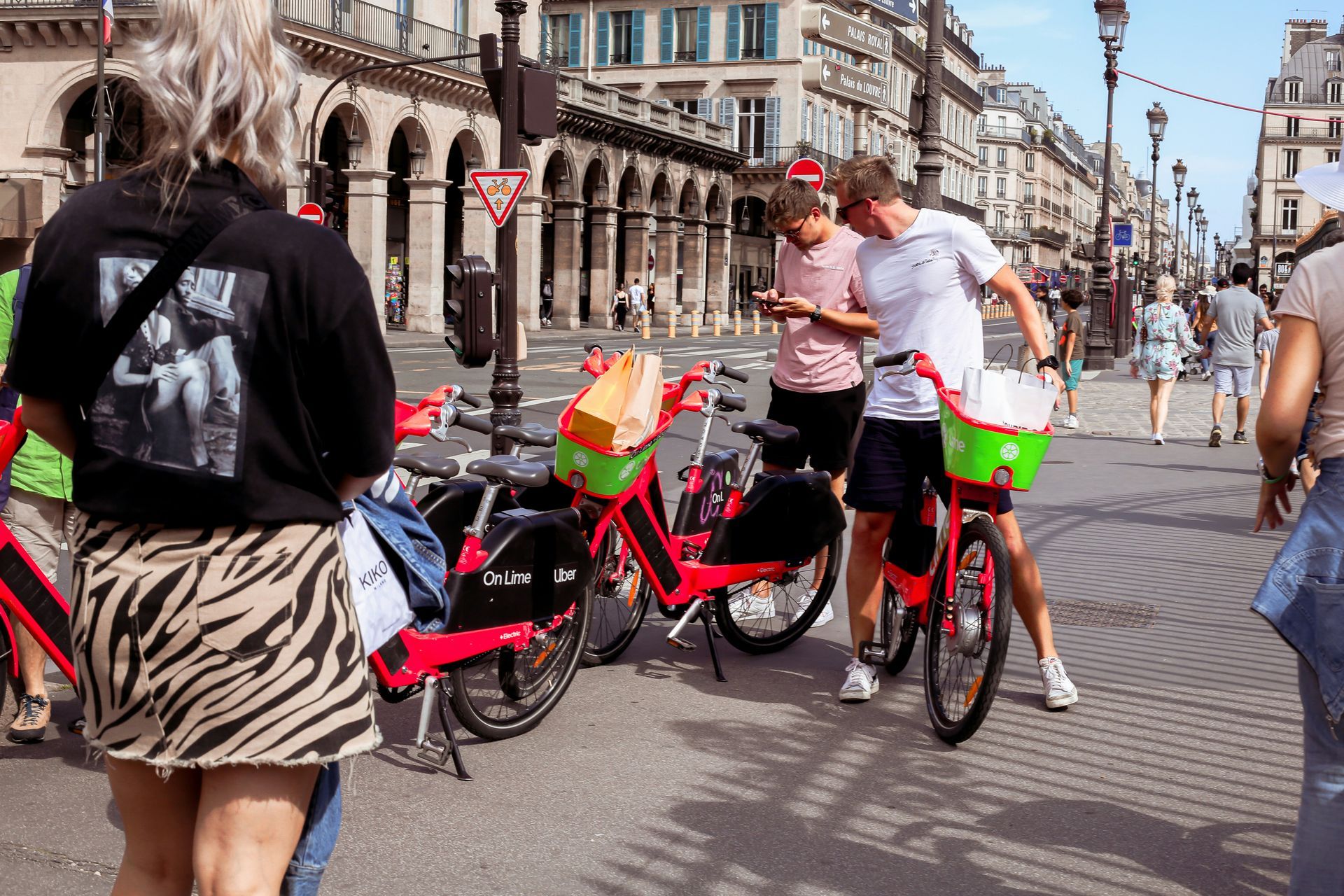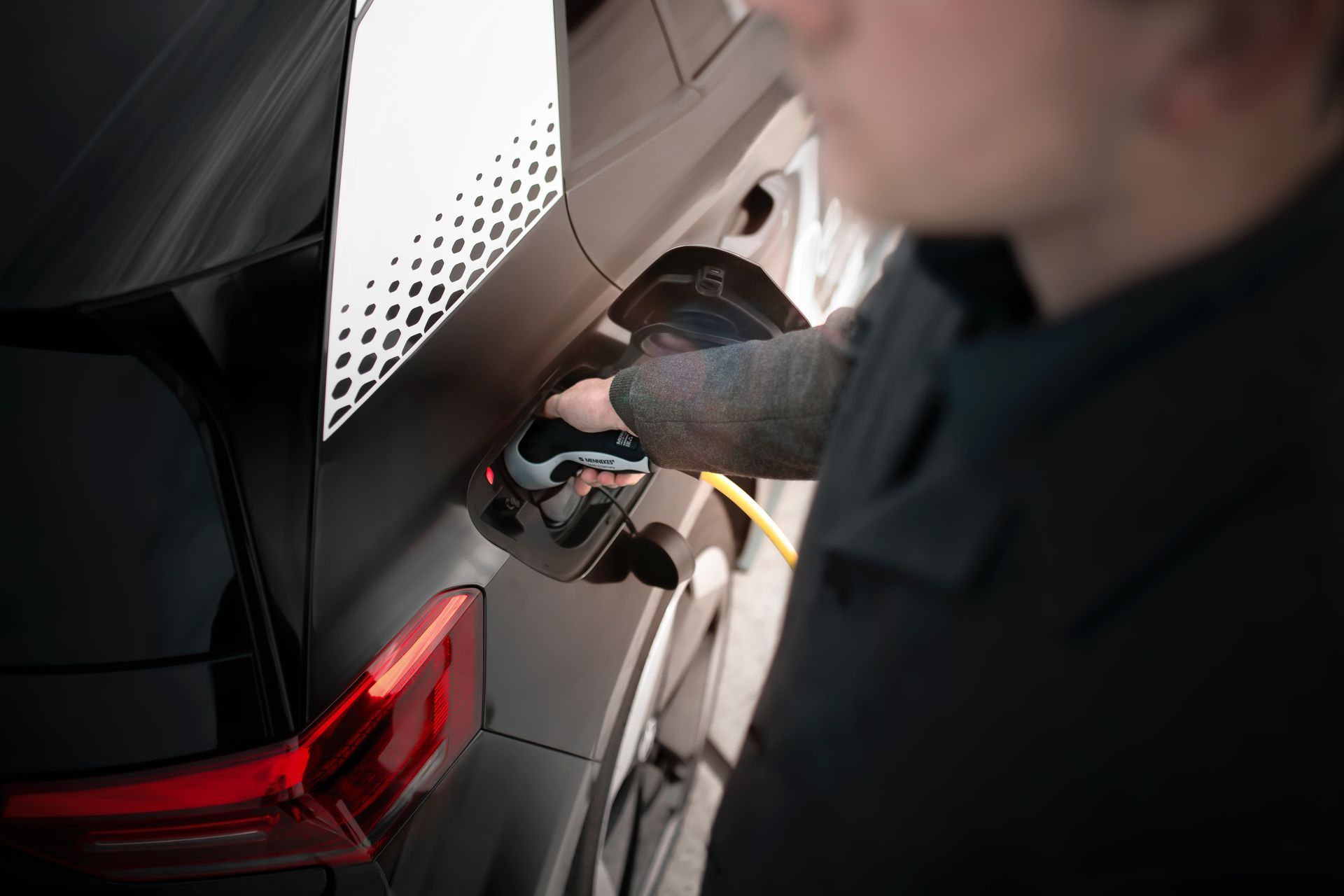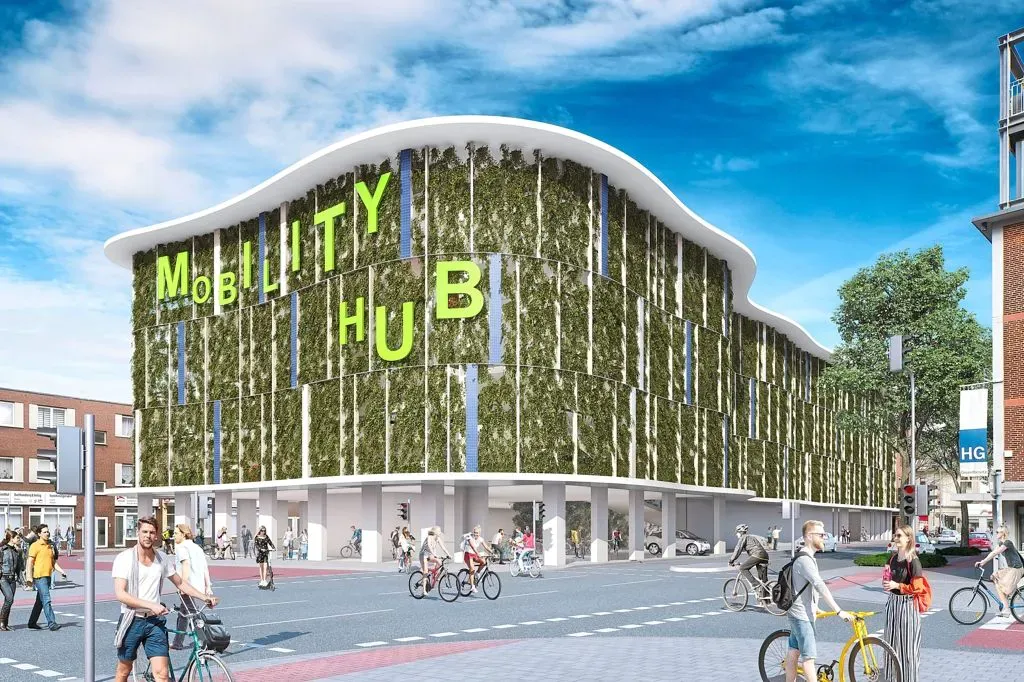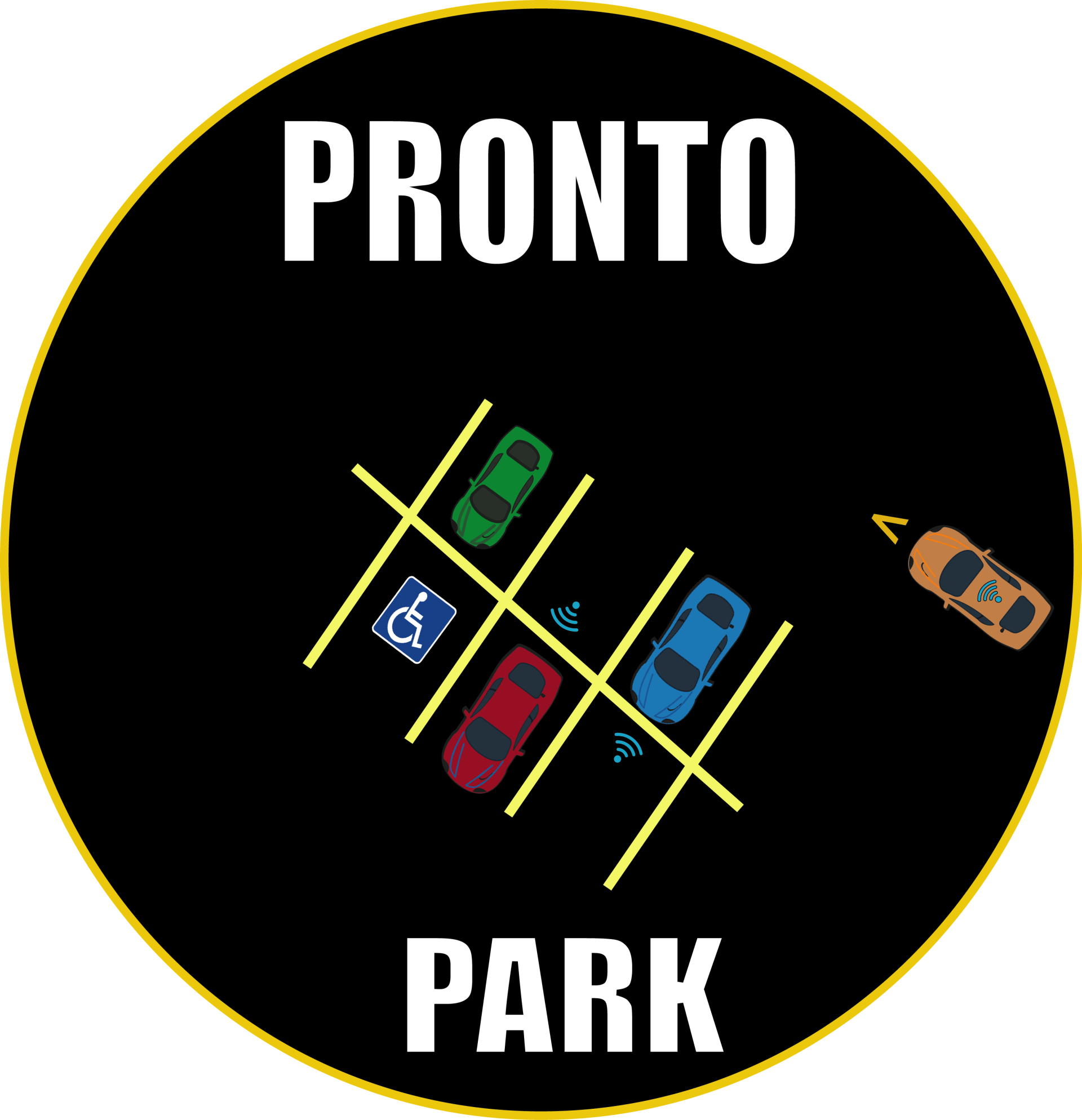
Mobility Hubs: Evolution for Parking Garages
Mobility hubs are integral to a city's overall development. They play a crucial role in enabling a shift to alternative forms of transportation, such as e-biking, scooters, ride-sharing, public transit, and air-taxis. By providing a central location for these modes of transportation, these hubs will make them more attractive and convenient to the community. The location and design of these areas will also have an impact on how convenient and comfortable they are for users. Urban mobility hubs can help people plan and achieve sustainable journeys. These developments can be combined with a mobility as a service (MaaS). These facilities are helpful nodes on networks designed to encourage riding and cycling, and they are a great way to create a healthier, more environmentally-friendly city.
Slide title
Write your caption hereButton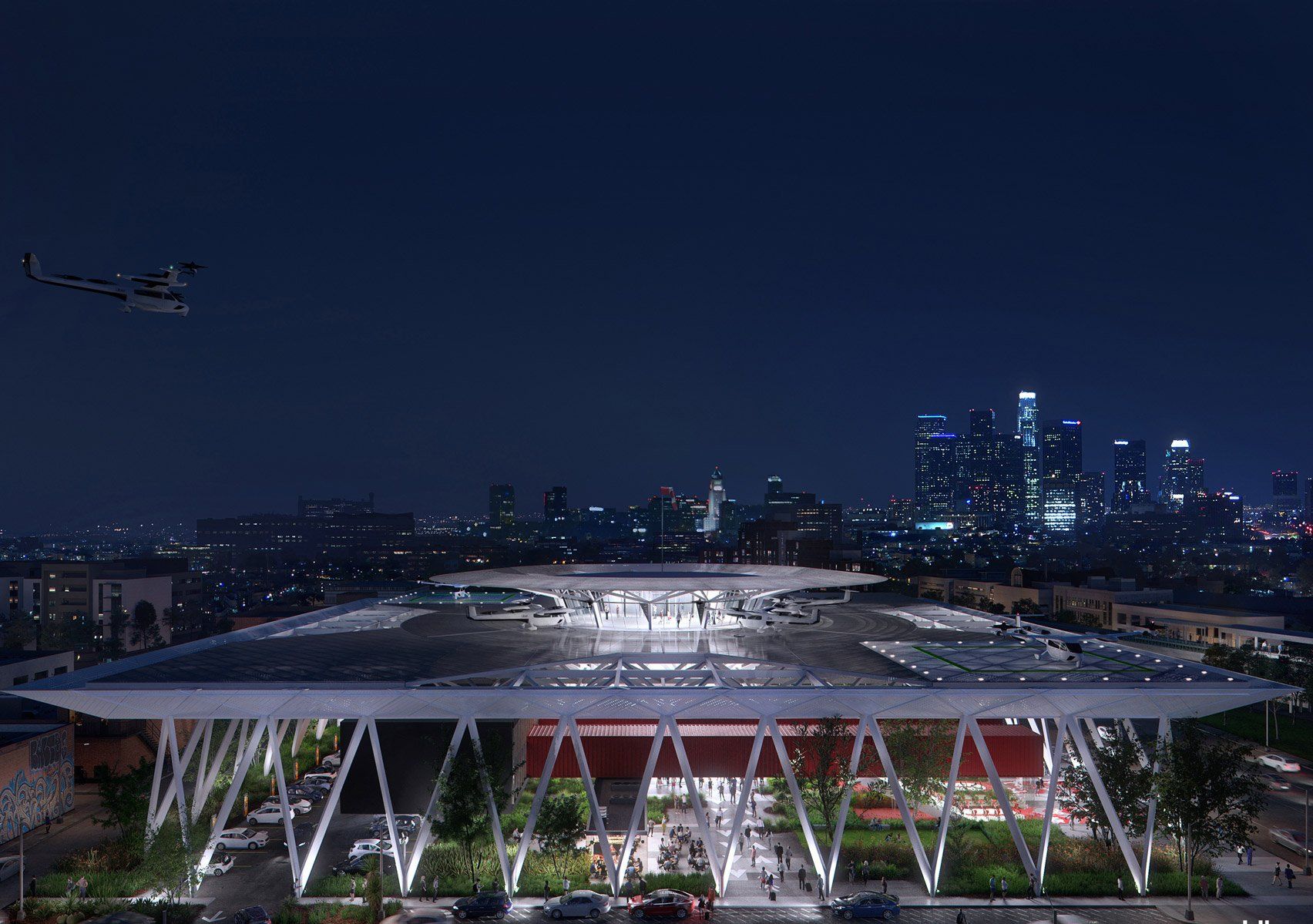
Slide title
Write your caption hereButton
By integrating public transportation, bike share and other modes of active travel, mobility hubs can make it easier for people to switch between modes. They can also extend the range of transit catchment areas by adding services like car-sharing, TNC pick-up and drop-off, and e-scooters. However, there will be ambiguity regarding whether or not these services are permitted in cities with high levels of public transport, because they may conflict with the objectives of the existing system. Ultimately, the answer will depend on the conditions in the particular city. By creating mobility hubs, authorities can improve the quality of life and accessibility of cities.
As cities continue to expand transportation options, establishing mobility hubs can also increase public safety. By combining public transportation with shared modes, mobility hubs can offer a more seamless experience. By clustering these services, cities can reduce congestion and ensure that everyone has a chance to reach their destination quickly and safely. By creating these hubs, cities can help people access the services they need most efficiently, and improve the quality of life in their communities.
Developing mobility hubs should be flexible, modular, and future proof. By designing them with reusability and flexibility, cities can adapt to changing needs without changing the core structure. With such flexibility, a mobility hub can easily change as technologies improve and new services are developed. The infrastructure of a mobility hub should be able to accommodate these changes and remain attractive to the public. Imagine being able quickly switch from car to bike, from bike to scooter, and even move from scooter to aircraft.
Slide title
Write your caption hereButton
Slide title
Write your caption hereButtonSlide title
Write your caption hereButton
Urban mobility hubs should also consider safety. Many people are reluctant to switch modes during a trip. They don't want to be stranded in a dark train station, and they risk missing a connection. Using a hub helps passengers make these transitions without fear of missing a connection. Moreover, these facilities can enhance the quality of life in an area, providing more leisure and work opportunities. In addition to being a place where people can find information and communicate with others, a mobility hub can also be used as a place to store goods, which will be useful for local residents. These locations are also a place where the public can pay to park and enjoy public WiFi. The idea of creating a mobility hub is an exciting one for cities.
While the concept of a mobility hub may sound futuristic, it is still a practical way to create a sustainable city. By combining different modes of transportation, a mobility hub can be used to support everyday travel. In addition to facilitating a seamless journey, a mobility hub can also reduce carbon emissions. By integrating various modes of transportation, a transportation hub can also serve as a concentration point for spatial development.
Developing a mobility hub in a city can create a community's identity, culture, and activity. By including non-transportation amenities, the community will be more comfortable and more likely to be willing to utilize the facilities. Some pilots have already added food vendors, package lockers, benches, public art, and landscaping to make the space more inviting and convenient for people. It is important to consider all these factors when considering the benefits of a mobility hub.
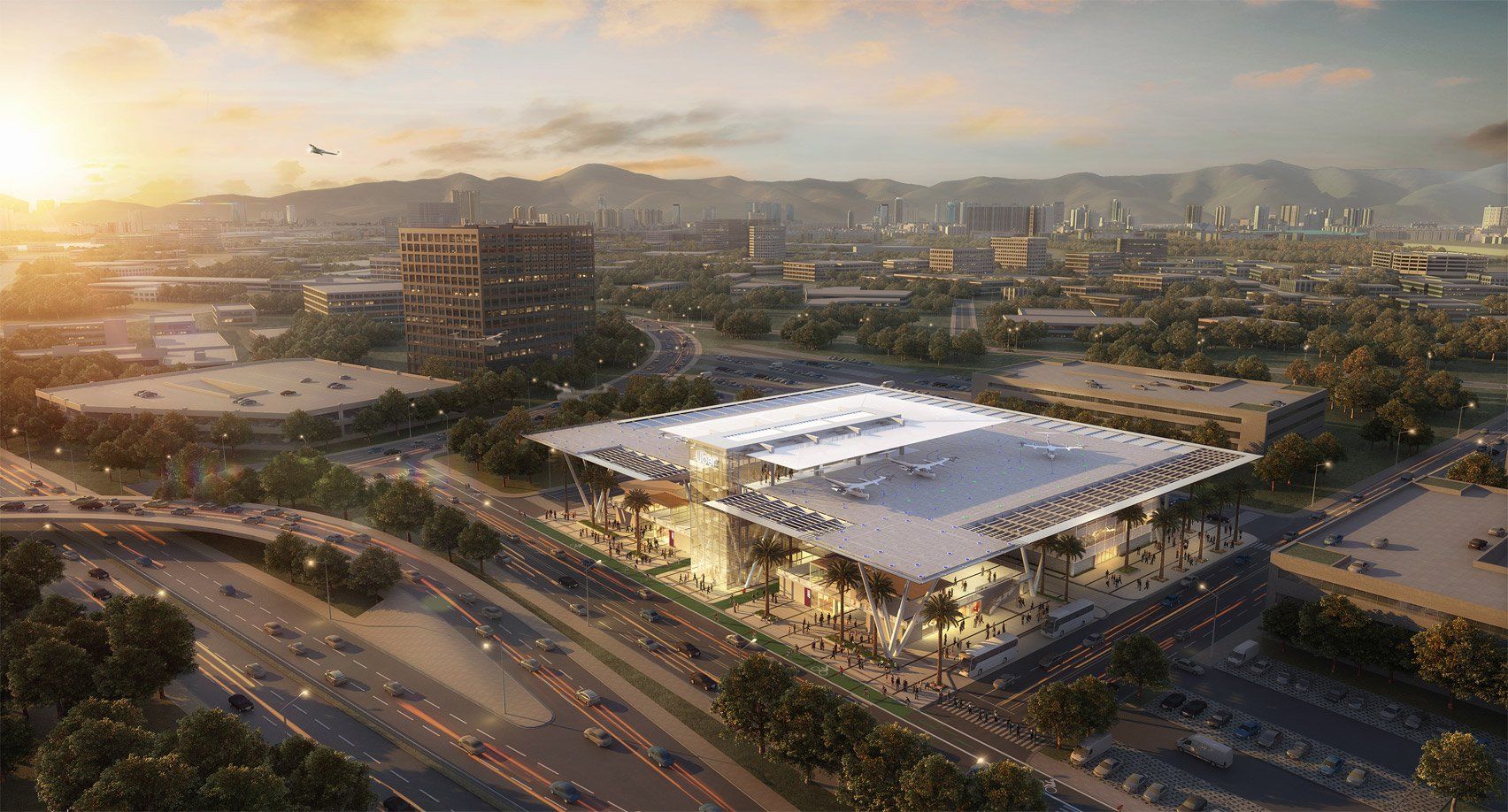
Slide title
Write your caption hereButtonSlide title
Write your caption hereButton
The next logical step is to consider how to turn a parking garage into a mobility hub. While parking spaces are generally considered silos, transforming them into a seamless, friction-free environment will allow users to move through the area more quickly and easily. The evolution of the way people get around has changed the way we live and work. By incorporating smart technology and new amenities, parking facilities can become more efficient, convenient, and attractive to users.
While the primary function of a mobility hub is to connect different modes of transportation, it is important to consider passenger needs. Using a customer-oriented co-creation approach to design the space ensures that passenger needs are addressed, and a step-by-step approach ensures that the final result is accepted by users. In the long run, a mobility hub is a valuable part of a city's overall sustainability. A successful mobility hub is an essential component of the community. A thriving, multimodal city is a place where everyone can live, work, and play.
Mobility hub locations are becoming increasingly popular as cities look to improve transportation equity and increase transit ridership. Despite the growth in popularity of mobility hubs, fewer than half of the cities in the world have a documented vision of what their mobility hubs should look like. But the concept is not new. It has been used by several countries for years and is currently being studied by local governments as a potential solution to many problems. By making these spaces more inclusive, people will be more likely to use them and will be more inclined to travel. This concept is becoming common in cities around the world. Cities are implementing these hubs in their communities and are increasingly adapting to these new needs. The location of a mobility hub should support people's trips by reducing congestion and emissions, while creating a sense of place. A successful Mobility Hub is a hub where the public and private sectors can work together to create a sustainable city.

